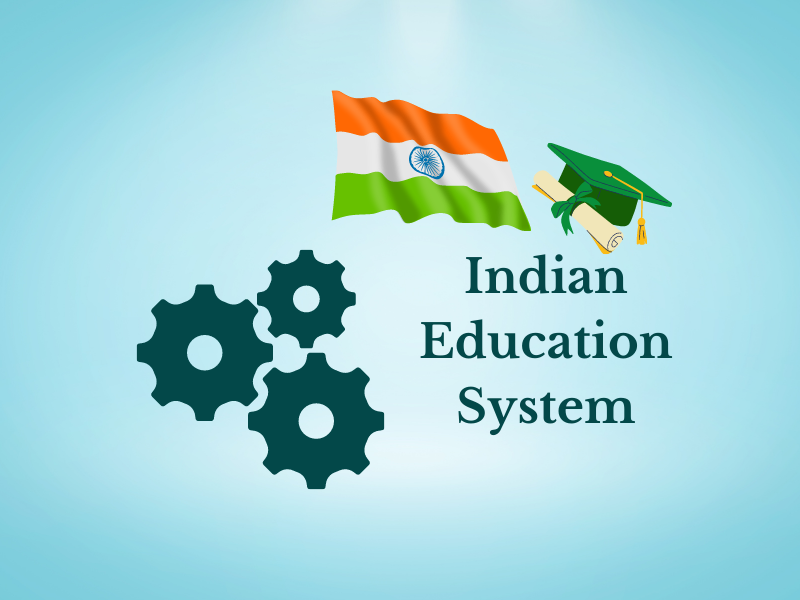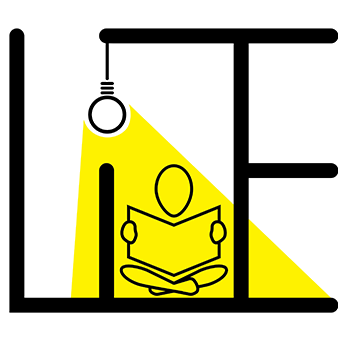The education system in India stands as a multifaceted framework, encompassing diverse educational stages that collectively contribute to the nation’s development. From the foundational lower primary education to the advanced realm of higher education, this system assumes a paramount role in nurturing the intellectual and socio-economic growth of the country. It is a mosaic of educational tiers. Each caters to distinct age groups and objectives, encapsulating the holistic growth of students. The journey through India’s education system equips individuals not only with academic knowledge but also with vital life skills, cultural awareness, and the ability to adapt to a dynamic world. While this intricate structure presents various advantages, it also grapples with challenges such as disparities in access and quality. Therefore, an insightful exploration of the Indian education system unravels its multifaceted nature, underscoring the pivotal influence it holds in sculpting India’s future landscape.
The education system in India is divided into different levels:
- Lower Primary Education
- Secondary Education
- Higher Education
Lower Primary Education
Lower primary education serves as the bedrock of a child’s educational journey, aiming to cultivate foundational skills such as reading, writing, and basic mathematics. Despite its significance, challenges persist, including overcrowded classrooms and limited resources, which can hamper the quality of education. These obstacles can hinder personalized attention and hinder the effective implementation of interactive teaching methods. Moreover, the early years are crucial for nurturing curiosity and fostering a love for learning, making it imperative to address these challenges and ensure that children receive a strong educational foundation. As India continues its efforts to enhance the lower primary education system, innovative approaches, teacher training, and effective resource allocation can contribute to a more enriching educational experience for young learners.
Secondary Education
Secondary education in India marks a pivotal phase where students choose specialized streams like science, arts, or commerce, laying the groundwork for future academic and career paths. While this stage provides greater subject diversity and specialization, it is often plagued by challenges like rote learning and the prevalence of high-stakes examinations. Rote learning, where students memorize information without deeper comprehension, can hinder critical thinking and problem-solving skills. The heavy emphasis on final exams can create immense pressure on students, influencing the quality of learning. To address these issues, educators and policymakers are exploring innovative teaching methodologies, project-based assessments, and a shift towards holistic learning that fosters creativity and analytical thinking. As India’s education system evolves, finding a balance between curriculum breadth and innovative pedagogies is crucial for nurturing well-rounded and adaptable learners in the secondary stage.
Higher Education
Higher education in India encompasses a diverse range of universities and institutions that offer advanced academic programs across various disciplines. While the country is home to esteemed institutions that have produced exceptional talents, challenges persist. The demand for higher education often outstrips the available capacity, resulting in a significant demand-supply gap. This can lead to issues of accessibility and quality assurance. Additionally, some aspects of the higher education curriculum may become outdated over time, failing to align with the rapidly changing demands of industries and technology. To address these challenges, ongoing efforts are being made to enhance the quality of higher education through curriculum revisions, research-oriented teaching methodologies, and collaborations with industries for practical exposure. Bridging the demand-supply gap while ensuring that curriculum remains relevant in a dynamic world is crucial for elevating the overall quality and relevance of higher education in India.
There is another division namely Vocational Education. This focus is on skill and trade-based education.
Vocational Education
Vocational education is gaining increasing recognition in India as a valuable pathway that equips students with practical skills aligned with industry demands. This form of education empowers individuals to enter the workforce with specialized expertise, enhancing their employability. Despite its potential, challenges persist. Limited awareness about the benefits of vocational education often leads to a societal bias favouring traditional academic degrees. As a result, vocational education faces obstacles in terms of enrollment and acceptance. Addressing this requires concerted efforts to raise awareness about the advantages of vocational training, showcase successful career trajectories of vocational graduates, and foster partnerships between educational institutions and industries to ensure that vocational programs remain relevant and tailored to the evolving needs of the job market. Embracing vocational education as a credible and promising option can contribute significantly to reducing unemployment and bridging the skills gap in India.
Now, Let’s move to the pros and cons of the education system in India.
Pros of the Education System in India
The Indian education system boasts several merits that positively impact the nation’s growth. Notably, it nurtures a skilled and versatile workforce that contributes to diverse sectors, both within the country and internationally. Many Indian professionals excel on the global stage, showcasing the system’s ability to produce competent and knowledgeable individuals. Moreover, the government’s initiatives, such as digital education programs, are fostering improved accessibility to quality learning materials. This move towards digitalization is particularly significant, as it enables education to reach even remote and underserved areas, ensuring that a broader segment of the population can access knowledge and skills. The education system’s contribution to producing a talented workforce and embracing technological advancements underscores its pivotal role in India’s ongoing development journey.
Cons of the Education System in India
Despite its strengths, the Indian education system also grapples with several drawbacks. One prominent issue is the prevalence of rote learning, which often hinders the development of critical thinking and problem-solving skills among students. Furthermore, significant disparities persist between urban and rural areas in terms of access to quality education and resources, perpetuating an uneven educational landscape. The overwhelming emphasis on high-stakes exams exerts immense pressure on students, impacting their mental health and well-being. Another drawback lies in the system’s inclination towards a predominantly theoretical approach, leaving students with limited practical skills relevant to real-world scenarios. This can result in a gap between education and employability, as well as a lack of entrepreneurship mentality. Additionally, the system’s focus on formal education often sidelines the development of crucial life skills, physical fitness, and an entrepreneurial mindset. These limitations underscore the need for comprehensive reforms to create a more balanced and skill-oriented education system that prepares students for a rapidly changing world.
Comparison
When compared to international education systems, India’s approach to learning stands out due to its notable emphasis on rote learning and theoretical knowledge. This differs significantly from some other countries that prioritize hands-on, practical skills and holistic development. In many Western systems, for instance, there is a greater focus on fostering critical thinking, problem-solving abilities, and creativity. This approach aims to equip students not only with academic knowledge but also with the practical skills necessary to excel in the modern workforce. In contrast, the Indian education system often produces graduates who might lack certain practical skills, such as effective communication, teamwork, and adaptability, which are highly valued in the global job market. Additionally, the emphasis on memorization and traditional academic success can sometimes lead to an employee mindset, where students are more inclined to seek stable employment rather than explore entrepreneurship or innovation. This highlights the need for a shift towards a more balanced and skill-oriented education approach that prepares Indian students for the demands of a rapidly evolving world.
Conclusion
In conclusion, India’s education system reflects both its achievements and hurdles. While it undoubtedly produces a skilled workforce that contributes to various sectors and enjoys government-driven initiatives like digital education, it also confronts shortcomings. Rote learning’s limitations hinder critical thinking, while urban-rural disparities persist, and exam pressure takes a toll on mental well-being. A lack of emphasis on practical skills and an inclination toward theoretical learning hinder holistic development. As we look beyond our borders, international education systems prioritize creativity, problem-solving, and a balanced approach. By imbibing these lessons, India can aspire to craft an education system that not only imparts knowledge but also nurtures innovation, practical proficiency, and personal growth. This transformation would pave the way for a future where Indian students can confidently navigate the complexities of the modern world and contribute meaningfully to a dynamic global landscape.

